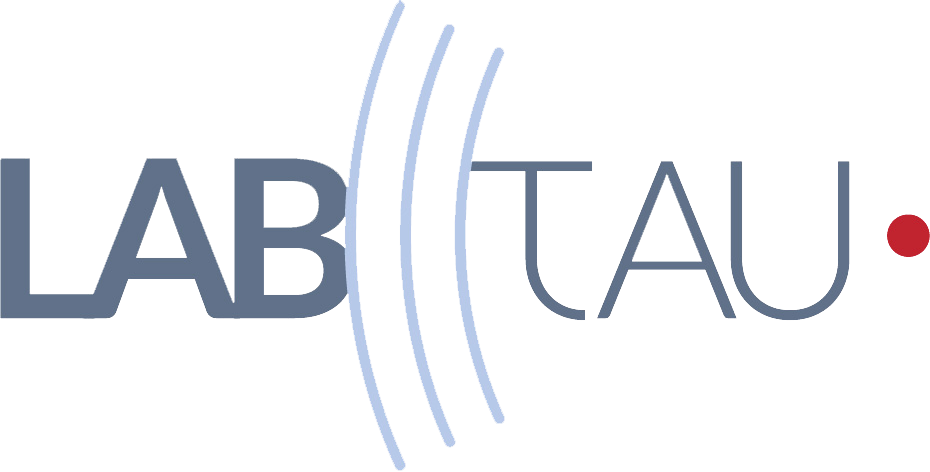Thesis defense: Magnetic Resonance Elastography: Towards prostate cancer imaging and slow compression wave imaging in soft-tissues
Author: Tristan Deruelle
Time: 13h30
Language: English
Place: Conference Room at LabTAU and video (need registration by clicking the button above)
Abstract:
Prostate cancer is the second most prevalent cancer in men worldwide. It is suspected when the PSA density is high or/and the superficial prostate feels hard during digital rectal examination. Multiparametric MRI is now recommended prior biopsy when detecting for cancer. However, image interpretation is challenging, even for specialists, and brings many false-positive. Elastography is a technique to assess tissue stiffness by inducing small vibrations. It could provide a 3D map of the stiffness of the prostate. We believe that MR elastography could complement the current multiparametric MRI. Given prostate location and consitution, wave propagation is difficult though. The current work presents the design of a non-invasive wave generation device for the prostate. Then, a new field separation algorithm is presented. This algorithm provides a better estimation of the stiffness, and the correction of artefact generated by common vibrators. Finally, this algorithm can have applications in porous media. Indeed, in poro-elastic materials, a slow compression wave propagates. We observe such a wave in an agar gel, in a foam phantom, and in vivo in human kidney graft. In addition to the classic shear wave velocity estimation, it is now possible to estimate the compression wave velocity. This is an additional piece of information that the operator can use in its diagnostic. In the future, more porous parameters could be derived.





